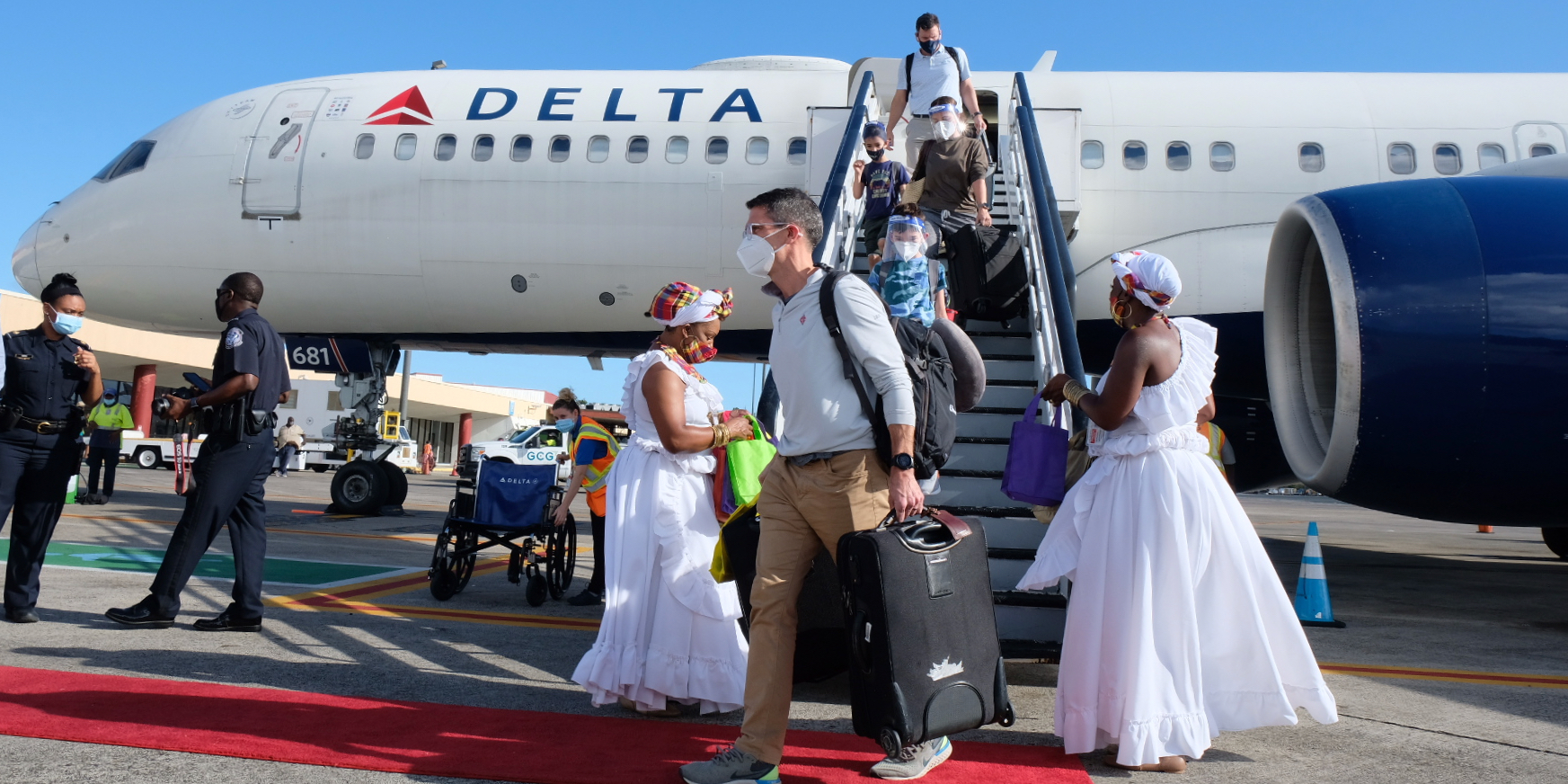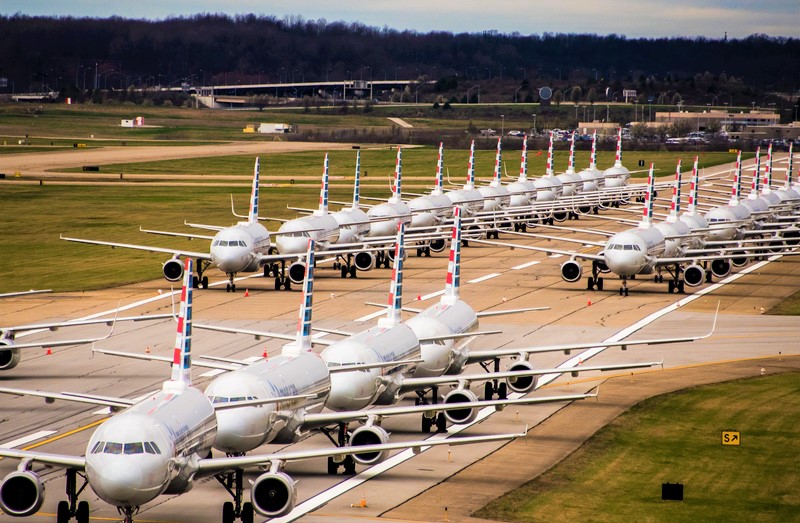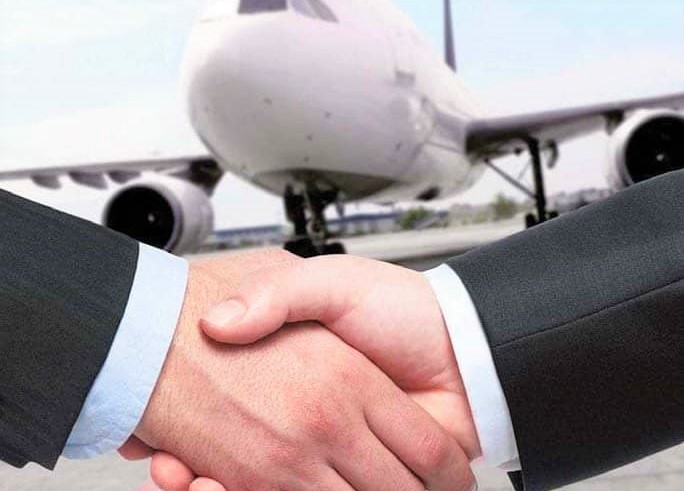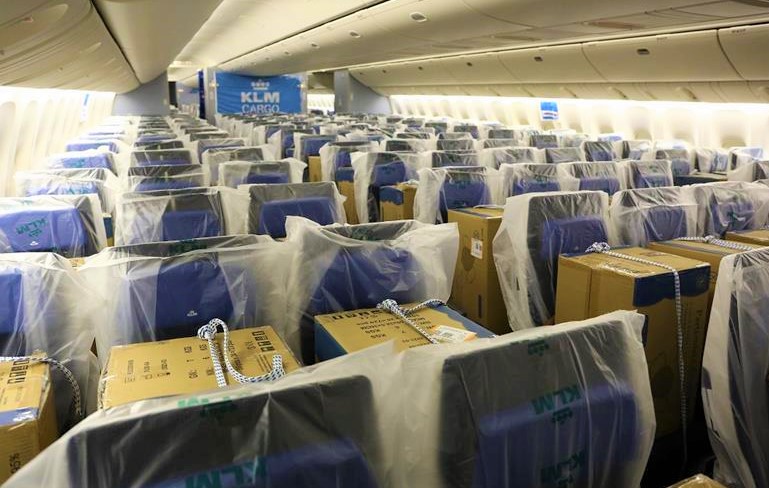


A rise in air fares by Cash-strapped airlines is waiting to happen, given the mounting debt levels due to pandemic. Targetted government involvement in the aviation sector is the call, according to a research by McKinsey & Co.
The air fare increase in ticket prices by about 3% is expected, as airlines take measures to repay debt amassed during the Covid-19 crisis, assuming a 10-year repayment window for only the additional debt taken on during the pandemic, McKinsey said in a report on Friday.
Tapping into state-provided aid, credit lines, and bond issuances, the industry collectively amassed more than $180 billion worth of debt in 2020.
Travellers can expect higher fares when demand for air travel returns as it will likely outpace capacity initially.
"We see a glut of latent demand of people eager to travel. It will take time for airlines to restore capacity, and bottlenecks such as delays in bringing aircraft back to service and crew retraining could lead to a supply–demand gap, resulting in higher short-term prices"
To stay afloat, Airlines were forced to borrow heavily to cope with the daily cash burn during the pandemic due to grounded aircrafts, failed to generate revenue, while aniciliary expenses kept continuing.
The aviation industry collectively amassed more than $180 billion in debt during 2020 – more than half of its total annual revenue – through state aid, credit lines, and bond issuances, according to the International Air Transport Association. Repaying these loans is made even tougher by deteriorating credit ratings and higher financing costs.
Government bailouts of the struggling industry come with strings attached, often in the form of shareholding, leading to a re-emergence or increase in state ownership and influence.
McKinsey says, "Instead of seeing this as a necessary restriction to access much-needed funds, airlines can treat it as an opportunity to shape how the sector evolves with a key stakeholder."

Airlines can work with regulators on committing to reduce carbon emissions in return for more labour flexibility, increasing the cash-on-hand requirements to make airlines more resilient against future shocks, changes in ownership caps to allow greater inflows of foreign capital and reducing the reliance on state capital further down the road, is the opinion of McKinsey.
Airlines that are not proactively transforming will risk failing to set the business up for longer-term structural value creation.
"Even though many airlines find themselves in financial straits, we recommend investing more in IT and digitalisation, not less."
Carriers that have an opportunity to transform their business include those with access to a restructuring process. These carriers can renegotiate mid-life leases, shed excess debt, emerge leaner and become fierce competitors going forward.
Another shift identified in the report is that the market for aircraft will remain oversupplied for some time. Prior to the pandemic, plane makers had ramped up production in anticipation of continued growth, leading to a glut in aircraft availability.

Now, some airlines are returning relatively new jets to lessors while the prices for used aircraft leases have plummeted and are likely to stay low, the report said.
"If finances permit, carriers can consider acting countercyclically: locking in orders for new aircraft or confirming operating leases now when demand is low."
"Inking deals during a crisis could allow carriers to enjoy a cost advantage for years to come."
Freighters are mushrooming , the preighter ( passenger aircrafts carrying freights in their passenger cabins) can come in to fill the gaps.

Cargo has been a lifeline for the carriers during the pandemic, locked down masses preferred e-commerce sales. Passenger flights – which were responsible for delivering around half of total air cargo – remained grounded, they could be utilised better as preighters.
"carriers could investigate short- to medium-term opportunities to boost their cargo services".
McKinsey's report also highlighted the industry predictions that leisure trips will drive the travel recovery while business trips will take longer to rebound.
Display photo : by Adian Brewer
